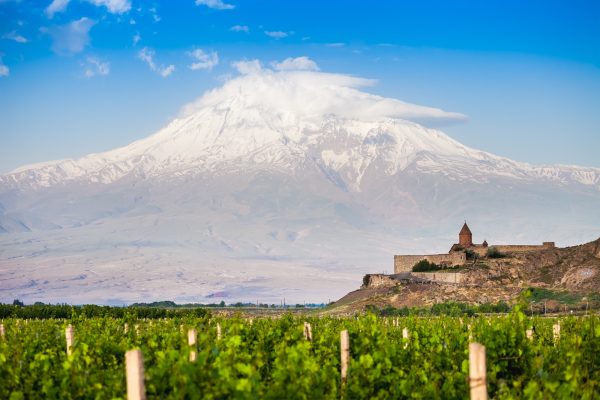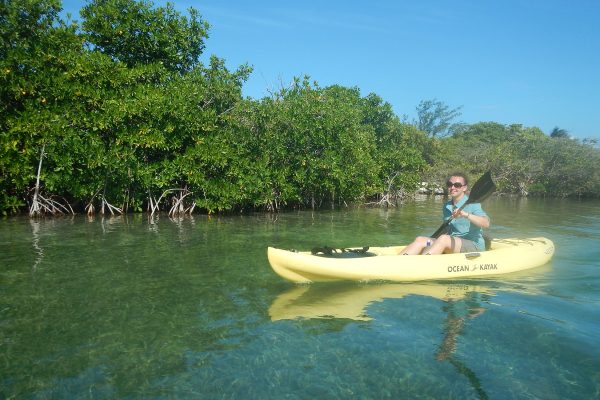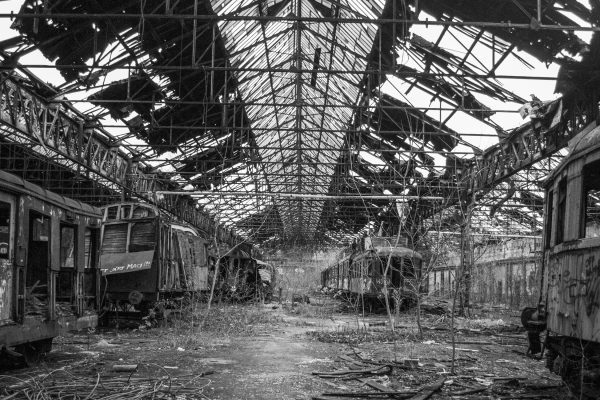Trip duration: 10 days | Approx cost: £1000 | When: June
Doinit factor: An amazing country that’s been closed of for so long
For almost half a century Myanmar remained largely closed of to the outside world thanks to a despotic military regime. But since 2011 things have started to change. The country that goes by two names is now opening up, finally giving visitors a chance to explore this magical land, filled with mystical architecture, breathtaking scenery and embrace relaxed atmosphere. This is my attempt to sum up our 11 day adventure…
After almost 14 hours of travel I’m delighted to be on solid ground. With not really knowing what to expect on landing I’m delighted to be passing through customs and immigration smoothly. I must admit I had feared a bureaucratic nightmare trying to enter this somewhat isolated country, but my pre-conceptions proved unwarranted as we breeze through the modern terminal at Yangon International thanks to our electronic Visa. It’s not long before we’re in a cab heading downtown to our hostel and our first base on our 11-day trip to Myanmar.
It’s late afternoon, early evening so there is little to do other than to familiarize ourselves with the neighborhood and grab some dinner. More by chance than design we come across the 999 Shan Noddle Shop, a shoebox café and a popular recommendation serving the local specialty of Shan Noodles. Once fed all that’s left is to track down a bar and toast our night way. To adventure!

What’s in the name?
Historically the country has been called Burma but in 1989 the ruling military government changed the name to Myanmar in an attempt to build a national identity and shed colonially influences. Burma describes the ethnic Burmans people, but as the country is made up of many different ethnic groups Myanmar was considered to encompass all the peoples of this nation. During this period an upraising cost thousands of lives and many governments refused to recognised this name change. However official the country is called Myanmar. There’s a bit more to it but in reality people do use these terms interchangeably.
Wondering round Yangon
Day two
After breakfast on the rooftop of our hostel we set out on foot to do a bit of exploring. The streets are a hive of activity, the traffic is thick, street traders are eager and there are so many people going about their daily business; It certainly reinforces the stereotype of many South East Asian cities seen on TV. But what you can’t appreciate from the TV is the sheer humidity; something that I’m certainly not accustomed to, so it’s not long before I turn in to a muggy mess of sweat, walking around town taking in the sights, sounds and most impressively the smells of the many street vendors.
We make our way around Kanndawgyi Lake, which is one of two major lakes in the city. Initially this seemed like a nice way to spend the afternoon, this was before we realised this is almost five miles in circumference, not fun in the 35 degree heat and intense humidity. Unmissable is an impressive golden structure near the shore of the lake connect by a bridge. Is it some kind of ancient palace I wonder? It’s quickly confirmed, by my wife who’s in charge of the guidebook; this is in fact a barge known as the Karaweik Hall, a relatively new edition to the Yangon landmark scene, being completed in 1974 and servers primarily as a restaurant; A restaurant with aircon!
Without a doubt, the highlight of our day is a visit to the iconic and must see Shwedagon Pagoda. As is the norm in Myanmar, shoes must not be worn within the complex (or most holy Buddhist sites), but I find it refreshing to walk around bare foot! It’s also reassuring to see many cleaners mopping the marble floors, so while they’re clean they can be a tad slippy. We’ve planned our visit to take advantage of the daylight but also to remain immersed in all this gold ambiance as day becomes dusk and dusk turns to night. Despite a large number of tourists, the atmosphere is calm and tranquil as bells ring, and gongs bong while the light gradually changes as it reflects from the curved surfaces. It’s truly an awe-inspiring place and we find it easy to wander for hours.
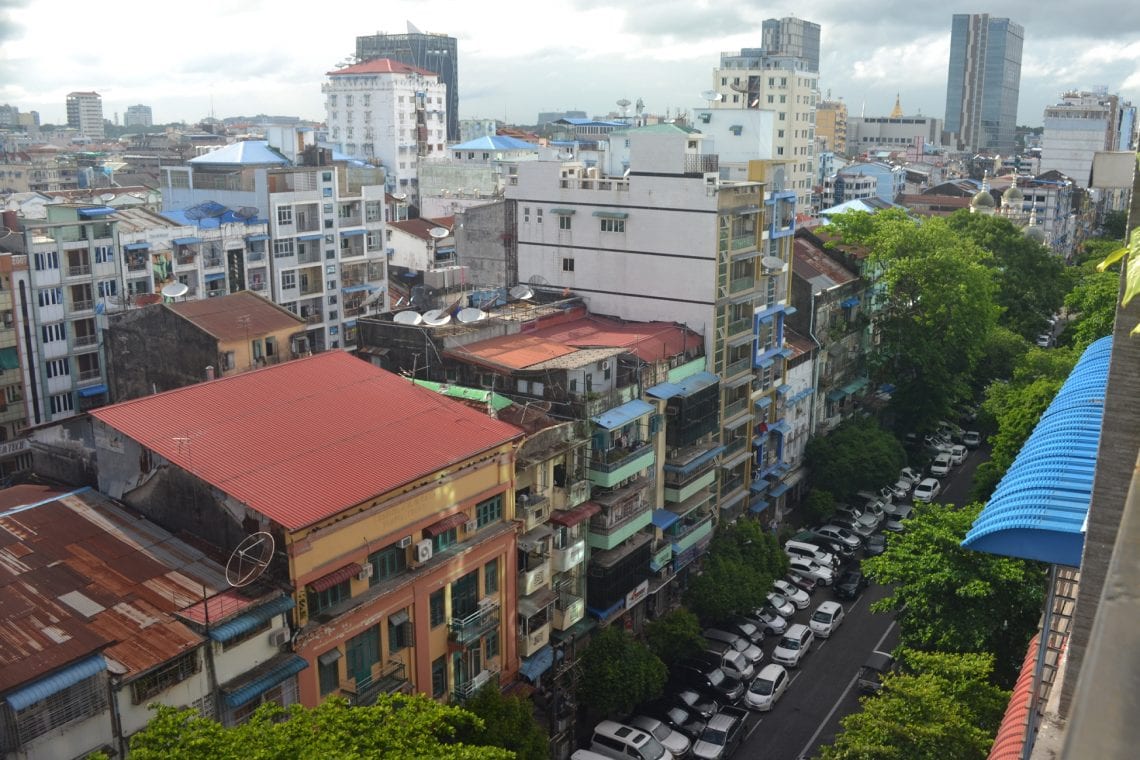
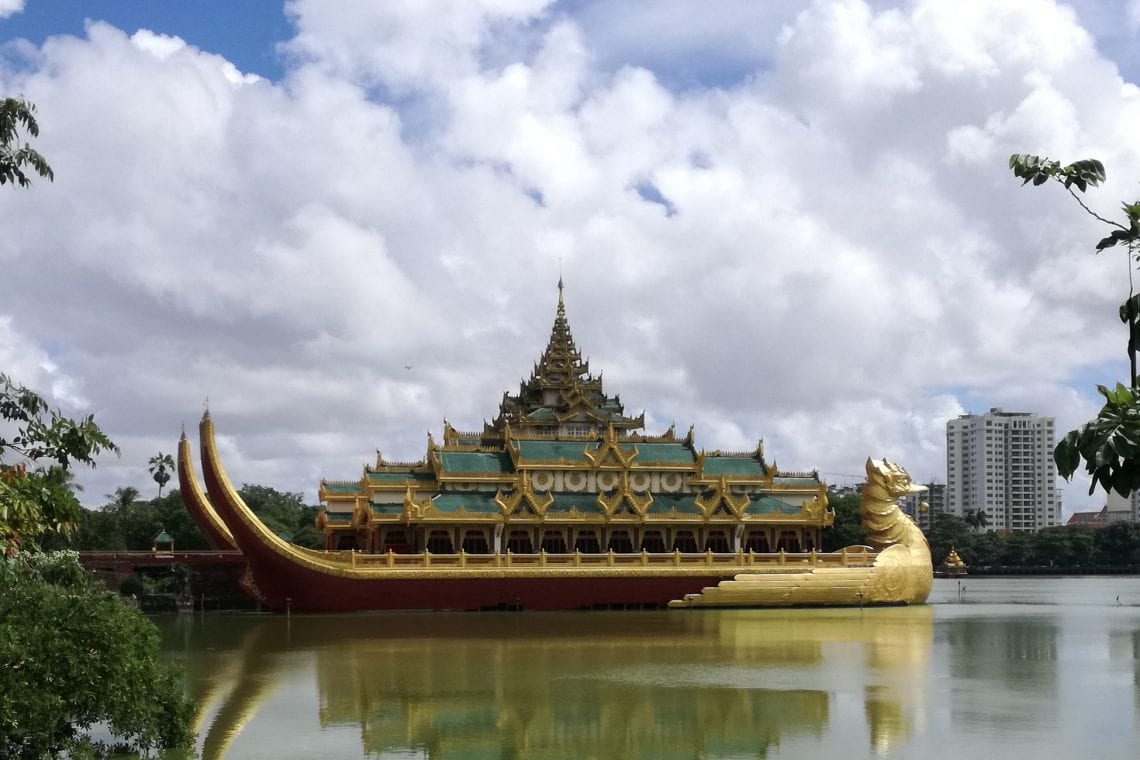
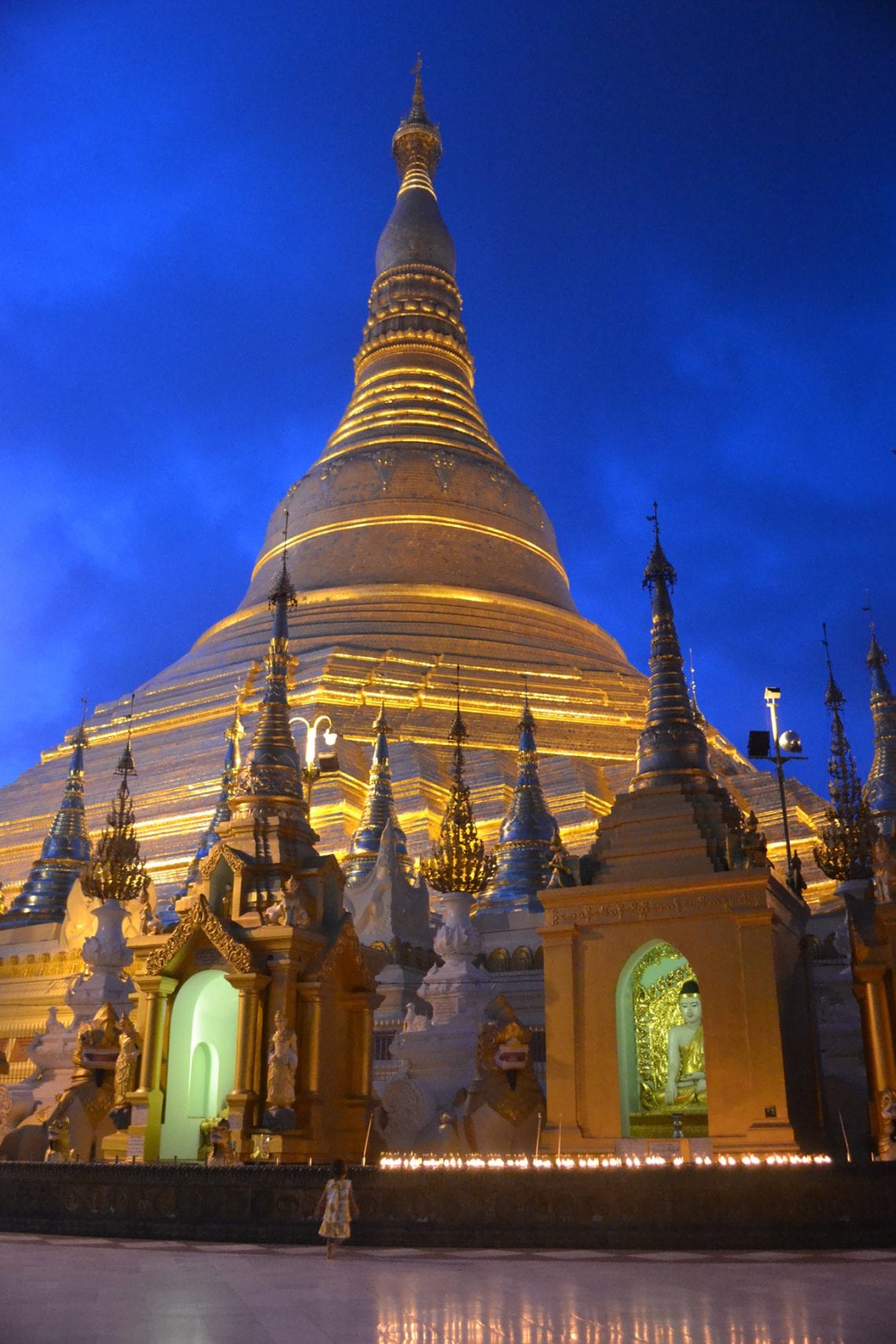
Above: The view from our hostel roof | The floating bar on Kanndawgyi Lake | Spending a few hours at the Shwedagon Pagoda
The saga of the stolen shoes and the Golden Rock
Day three
My day starts with the realisation that someone has stolen my shoes (the hostel insisted shoes are kept in the entrance). This is rather annoying as I don’t have time to find and buy a new pair as we need to be boarding an early bus to Kinpun, from where we’ll be visiting one of the country’s most iconic sights, the Golden Rock Pagoda. It’s a 4.5-hour (210 Km) coach journey, one we’ll be doing in reverse later today as we return back to Yangoon.
The Golden Rock Pagoda lays atop a mountain a little out of town. The most common way to visit is by jumping on the back of a modified truck which carries people up on uncomfortable wooden plank benches. It’s one hell of a ride as the truck driver races up the narrow, steep and windy track. I’m gripping whatever I can just so I don’t go flying out and over the back; The contrast of my coach experience couldn’t be greater as I hang on for dear life! This roller coaster ride takes about 15 minutes before we finally arrive at Kyaiktiyo, the village surrounding the Golden Rock at the top of the mountain.
At over 1,000 meters there’s a pleasant breeze, and a much welcome relief from the humidity. The weather’s turning but even with rain clouds looming, the landscape is impressive. Again, it’s a no shoes kinda place but since I’m down to my only flip flops I take no chance by leaving them at the entrance and stuff them in my day pack.
As we approach, the size of the Golden Rock becomes clear. It’s a massive boulder that appears to be defying gravity as it precariously perches inches from the edge of the mountain. I can’t even begin to fathom how it got there and more amazingly how it has managed to stay in position for 2,500 years! Legend has it that the rock is held in balance by a hair of Buddha. As pilgrims visit this impressive structure they (men only) stick gold leaf on to the rock as a sign of devotion and giving it its sparkling sheen.
Ninety odd minutes is plenty of time take it all in, but we now need to return back to the truck terminal for another hair-raising ride down the mountain to Kinpun for some lunch and a return journey to Yangon. Annoyingly the return leg seems to take forever and we’re back in town only a little before midnight. It’s been a heck of a long day and I question whether this was a day trip worth it and conclude that seeing the rock was absolutely worth it, if not, just to get a break from the humidity.
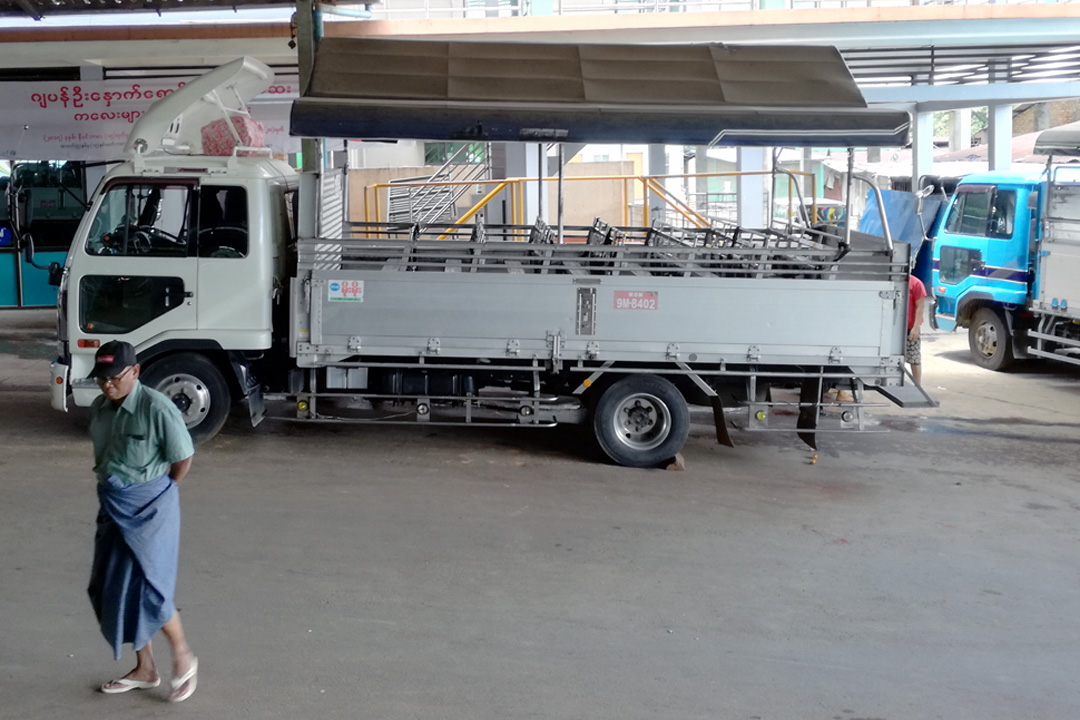
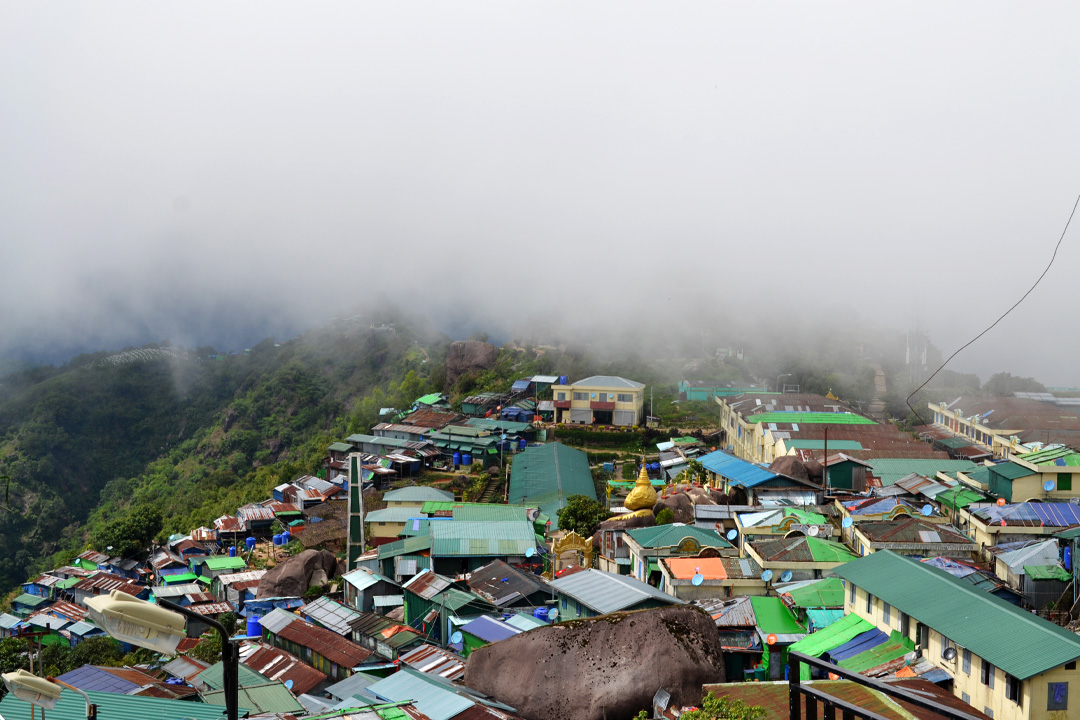
Above: These trucks rush people up the mountain village where the Golden Rock lays
The Myanmar night bus experience
Day four
First things first, I need to buy a pair of shoes. Fortunately our hostel hosts draw me a crude map leading to where I may buy a pair; I’m relieved they appear to have sent me to a local place rather than the extortionate western-style mall. Explaining to the shop keep that I am in need of a shoes is not difficult but communicating the size proves to be a different story. But long story short, there’s only one pair that seem to fit my size 9 feet so my choice is straight forward. I’ll take them.
Keen to break in my new footwear, it’s an afternoon of exploring the colonial past in downtown Yangon. I find a real charm in many of the somewhat rundown and dilapidated buildings. One can’t but admire the grandeur of the past and the way things were made to last. Perhaps the most impressive site is the red-brick Secretariat Office. This is a huge Victorian building akin to a palace, taking up a whole city block with its well-kept green surrounds. Completed in 1902 it served as the administrative seat for British Burma and in 1948 was the sight of the ceremony which marked the end of British rule leading to the birth of an independent Burma. During our visit the building was undergoing huge restoration work and was dubbed the largest historic restoration project in the world!
We’ve a few hours before we need to be boarding our night bus so we treat ourselves to a visit to the air-coned and somewhat hipster Rangoon Tea House where we can’t resist making our way through their menu of traditional Burmese street food. After a few drinks and nursing our food coma it’s hard to pull ourselves away from this place but we’ve a bus to catch.
I’ve never been on a VIP night bus, unsure what to expect we’re at the main bus station ready to depart at seven. These coaches aren’t like any I’ve been on before. Instead of the usual row of four seats, there are three; to accommodate the wider sofa style seating and an inbuilt screen with a selection of preloaded films. Each passenger is offered wet wipes, drinks, and access to a bag of unmarked pills, we’re told these are to help with travel sickness. The road to Inlay is pretty smooth for which I’m thankful as we gradually drift off to sleep on our journey north.
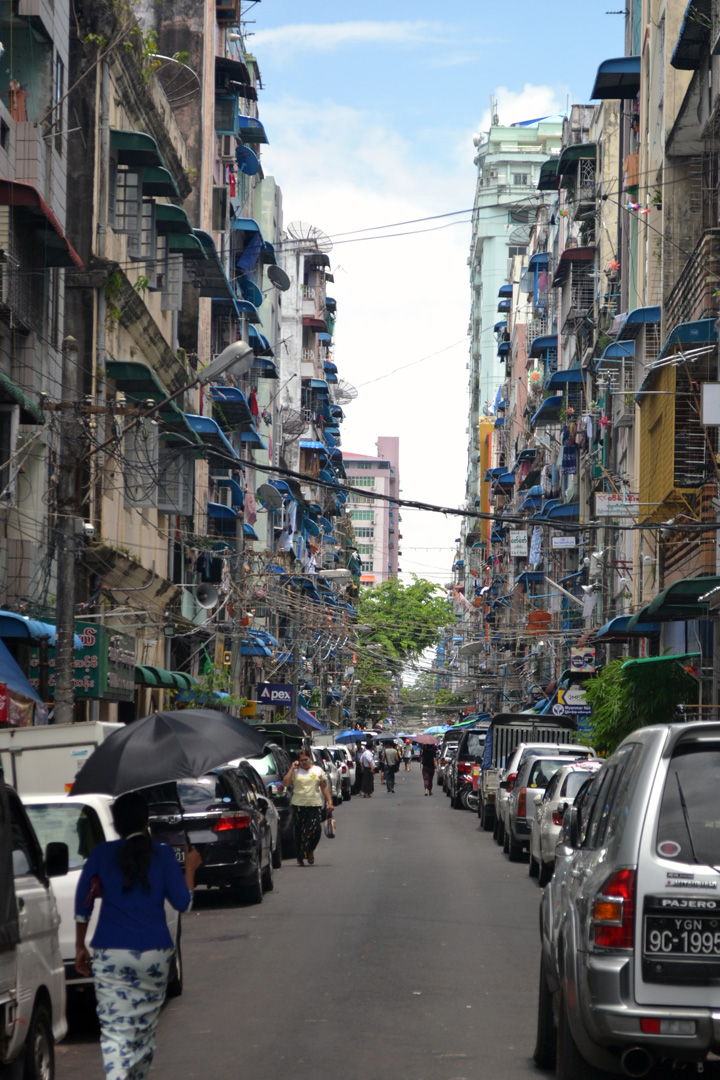
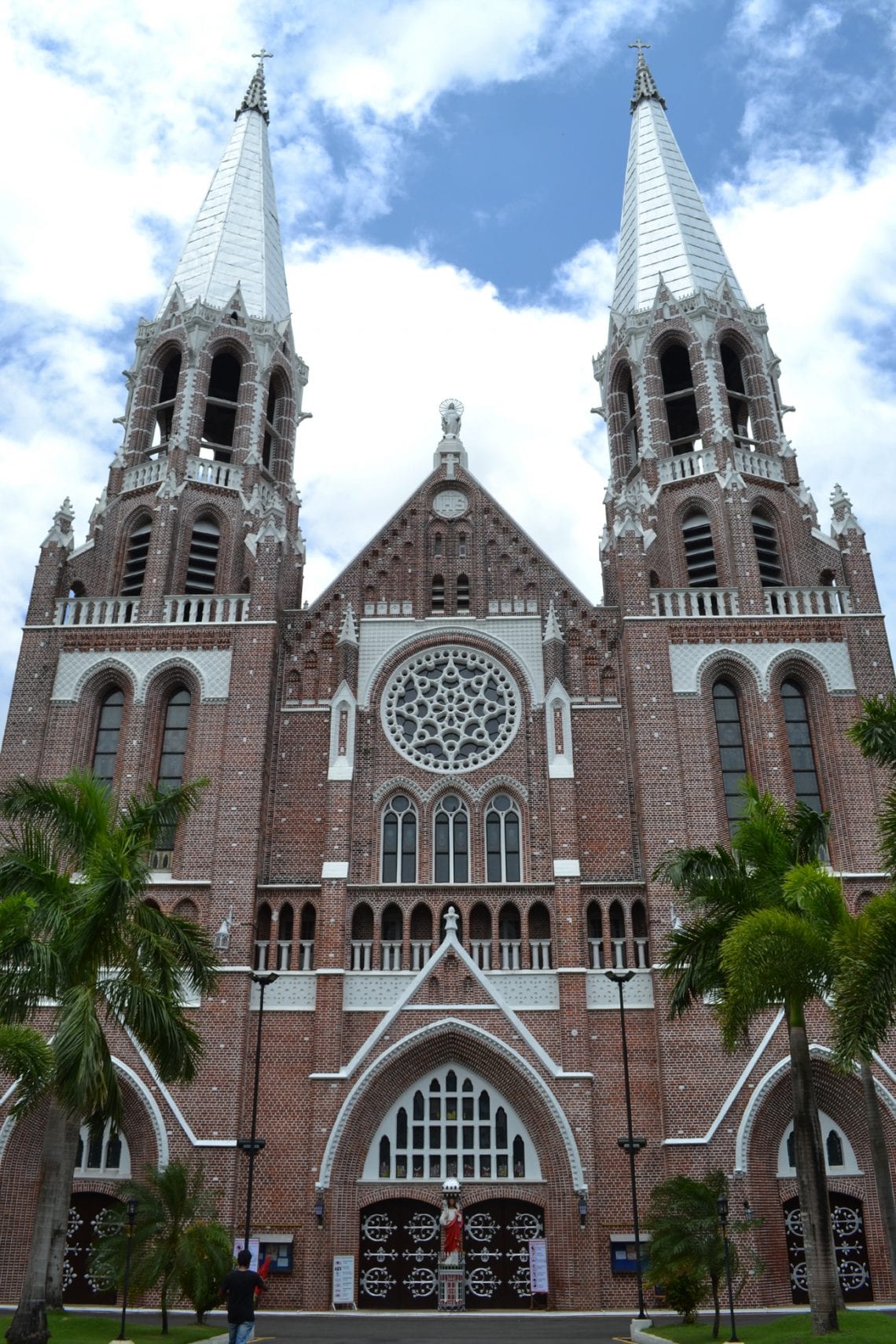
Above: Walking around the busy streets of Yangon | The Secretariat Office under renovation | St. Mary’s Cathedral
Inlay wine tasting
Day five
In the morning we arrive in the town of Nyaungshwe, situated close to Inlay lake. Normally a popular tourist destination, but as we’re visiting out of season when we roam around town it feels like a sleepy backwater which we have to ourselves. It’s nice to have a day with no set agenda, so we wander around the market and check out some local pagodas before we check in to our hotel which is massively discounted (again, it’s low season) and have a nap. While we did sleep on the night bus, it’s still a bus at the end of the day so we defiantly need a top up. Early evening, we visit the Red Mountain winery and vineyard. While I must admit the wine isn’t to my taste, the setting along the valley overlooking the lake is truly wonderful. Under the canopy we sip as the sun sets and a heavy rain shower gushes down.
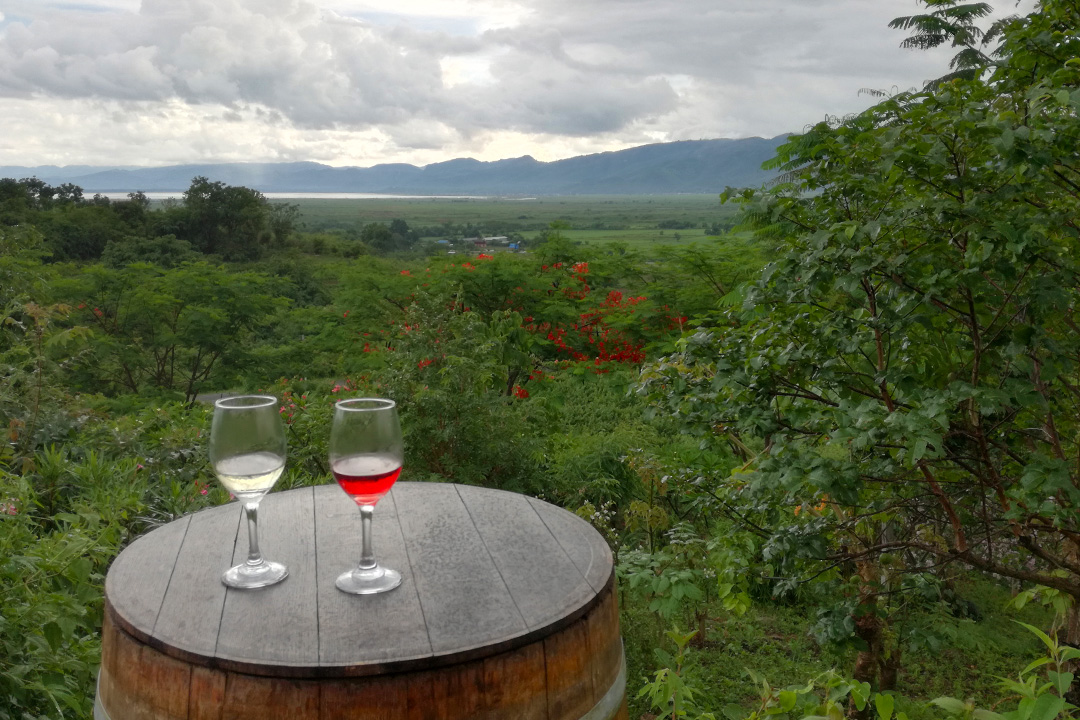
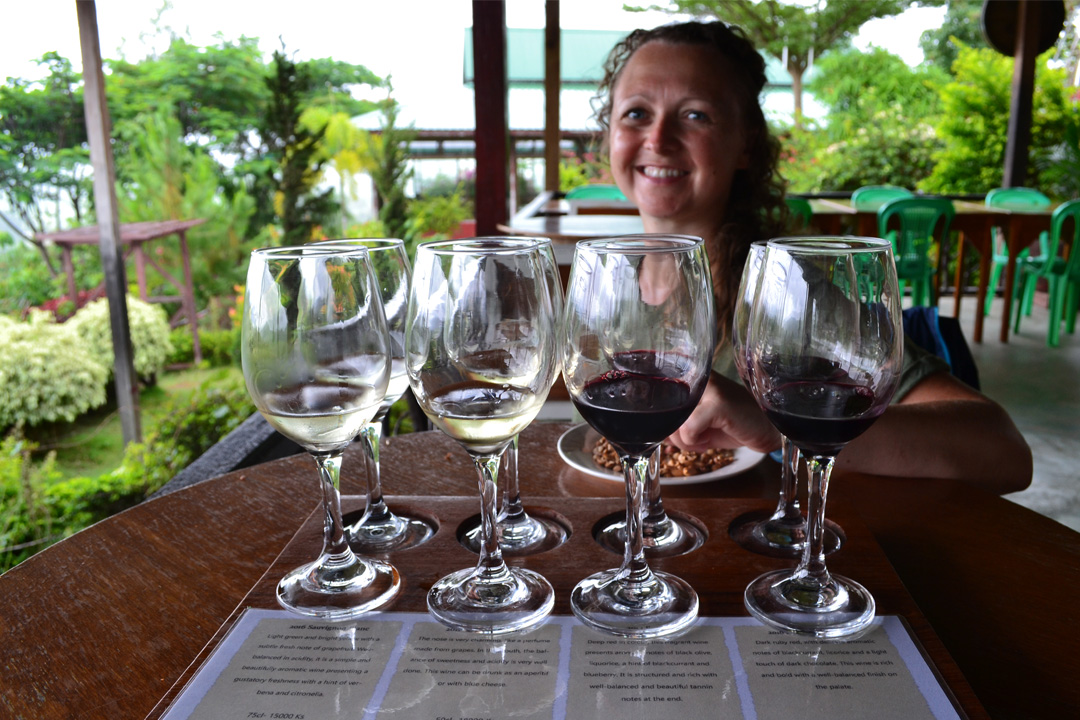
Above: A relaxing evening at the Inlay vineyard watching the unpredictable weather
Exploring lake Inlay
Day six
It’s an earlyish start but we’ve a full day planned on the lake. Our hotel has arranged a local guide to take us out on his boat. We set off from a small canal before it opens up into a huge body of water opens up to unveil the sheer size of the lake surrounded and enclosed by lush green hills and mountains. Above, the sunshine gleams through sporadic breaks in the rain clouds; we’re expecting a day of mixed weather. The lake and sights around the lake could have a whole web-page dedicated to it (and indeed there are) but below is short summary of our day. Our boat takes us past the floating gardens where farmers plant their vegetables secured to bamboo poles and clumps of grass and we manage to have a few bites of the tomatoes, grown entirely in the lake. Next we head to one of the floating villages on the lake. There’s a number of these, built on stilts surrounded by waters, no solid ground just canals where you’d normally expect roads, here people go about their daily life completely on the water. We’ve opportunities to visit the local silversmiths, silk weaving workshops as well as a pleasant stop for lunch consisting of a fish curry in a wooden stilted restaurant overlooking the water.
Our excursion includes a visit to the impressive Inn Dein Padodas near the bank side village of Indein. A walk uphill through a wooden covered tunnel, takes us through the complex consisting of hundreds of stupas, many in ruin but also some very well-preserved constructions. It’s easy to spend a couple of hours here and I feel like an explorer from times past as the site is virtually void of tourists. Overall all it’s a wonderful day, and the highlight of my trip so far. The landscape and nature surrounding us is truly an outstanding natural beauty, and I’ve loved spending the day on the water.
As evening draws ever closer on our return journey we’re fortunate enough to see a couple of the famous one legged fishermen (the ones from the HSBC adverts). We’re told during tourist season they’ll pose for some money, but today they’re just tending to their catch and we do our best to snap an authentic picture.
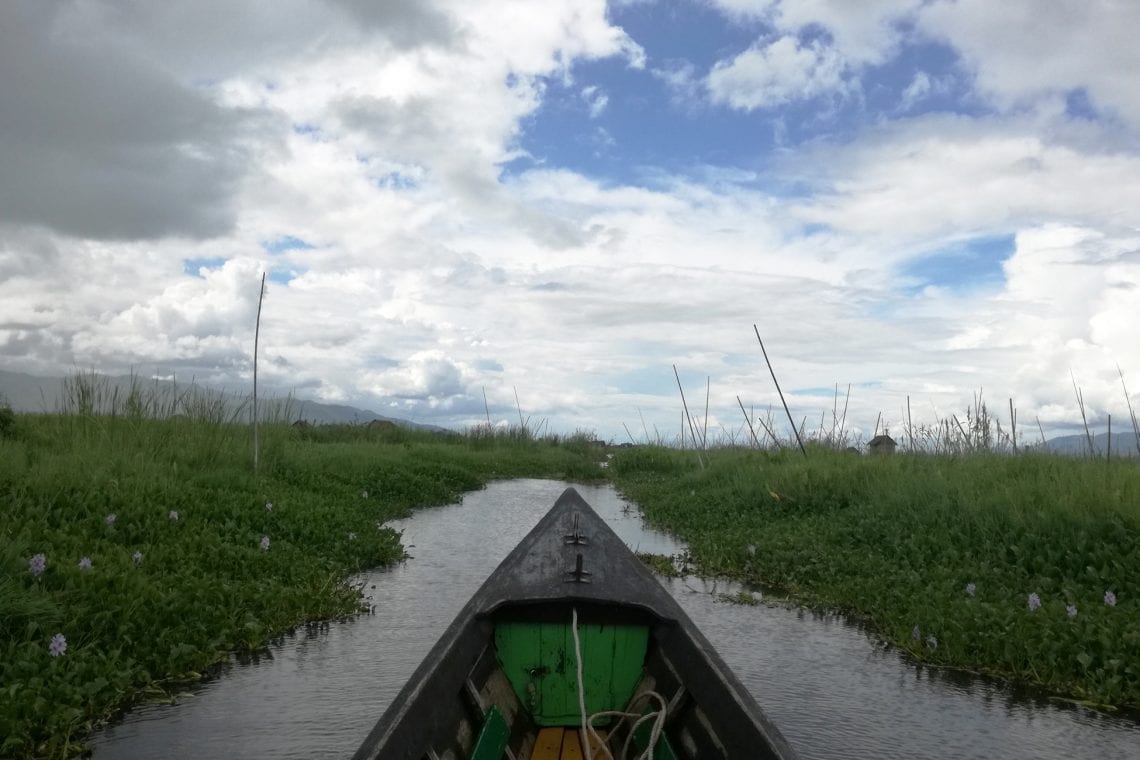
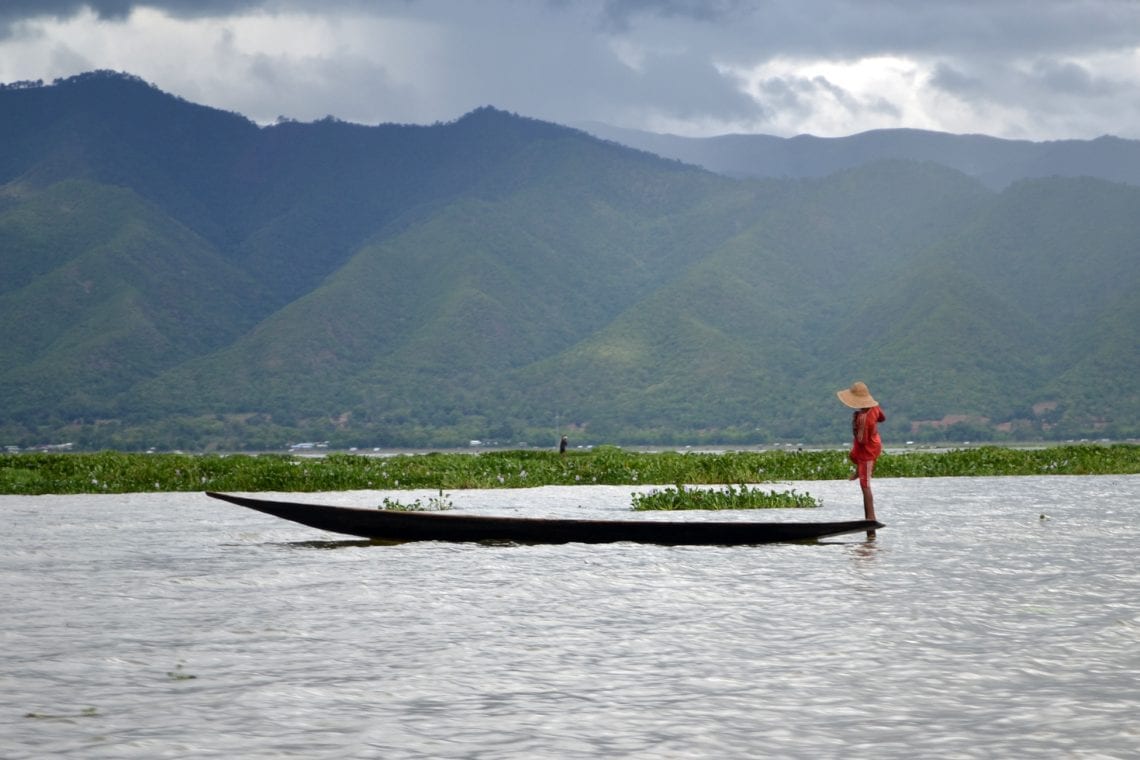
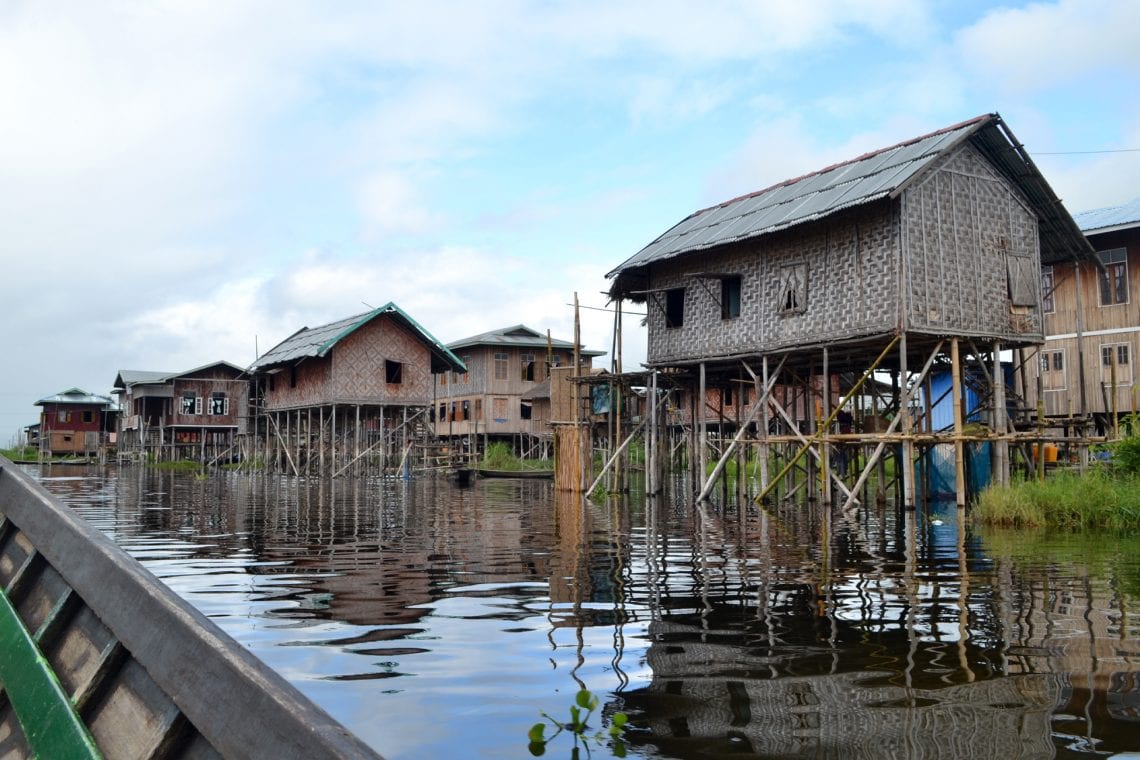
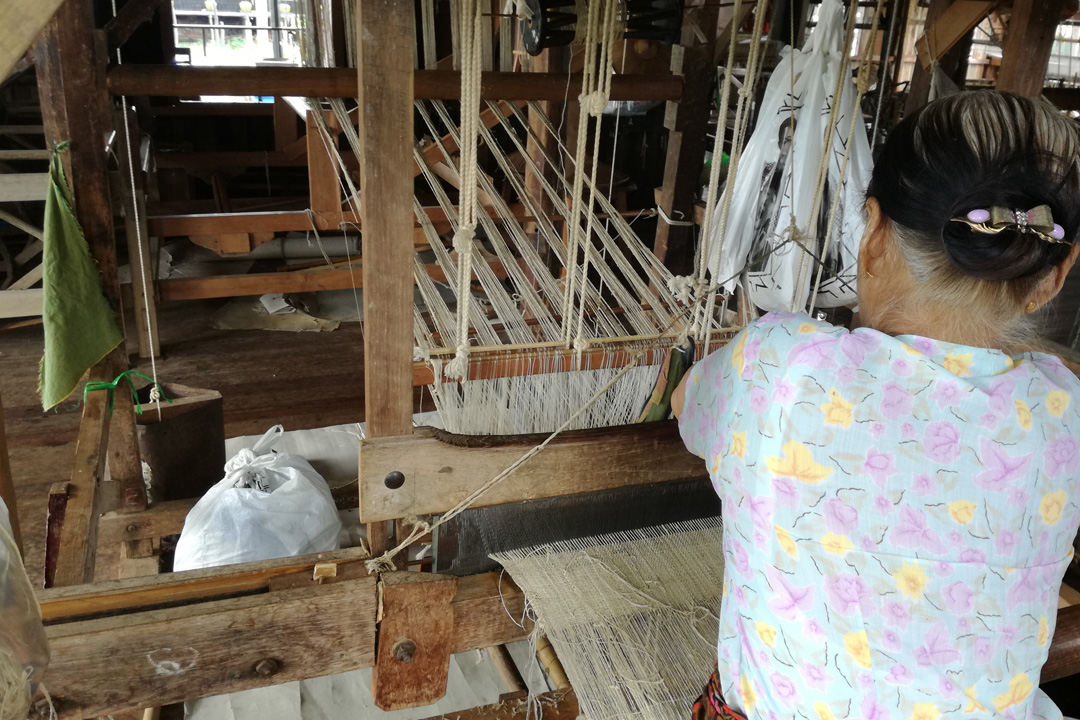
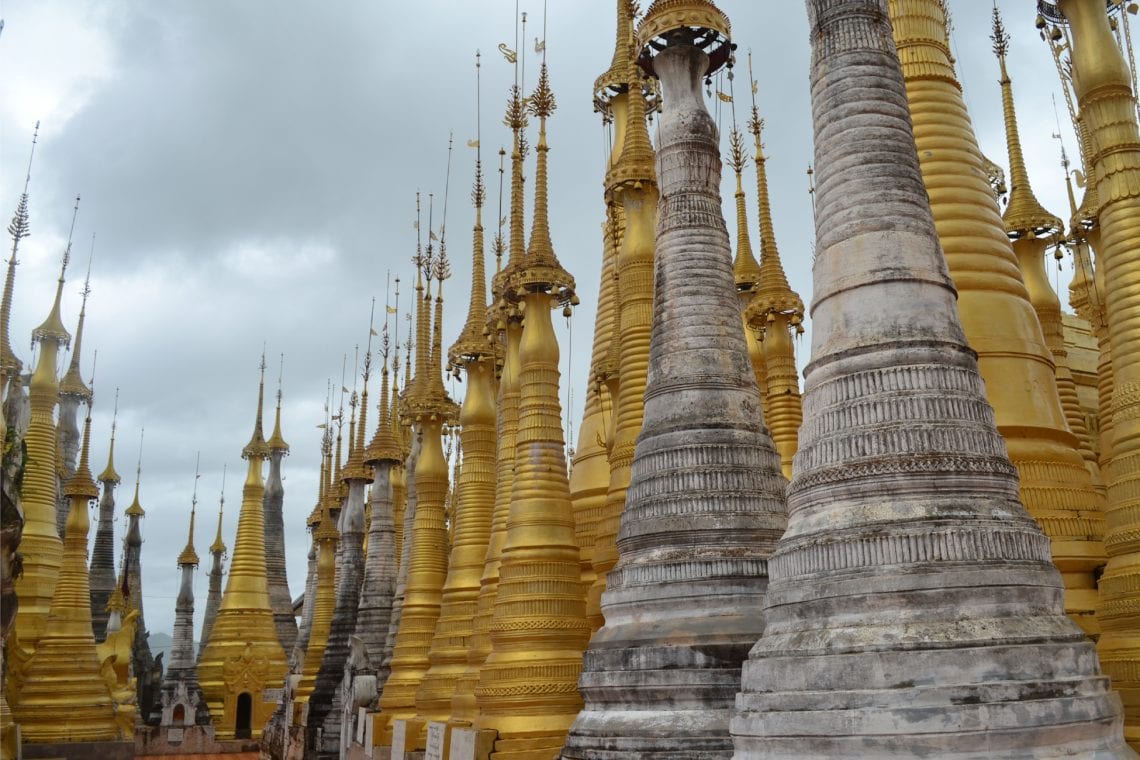
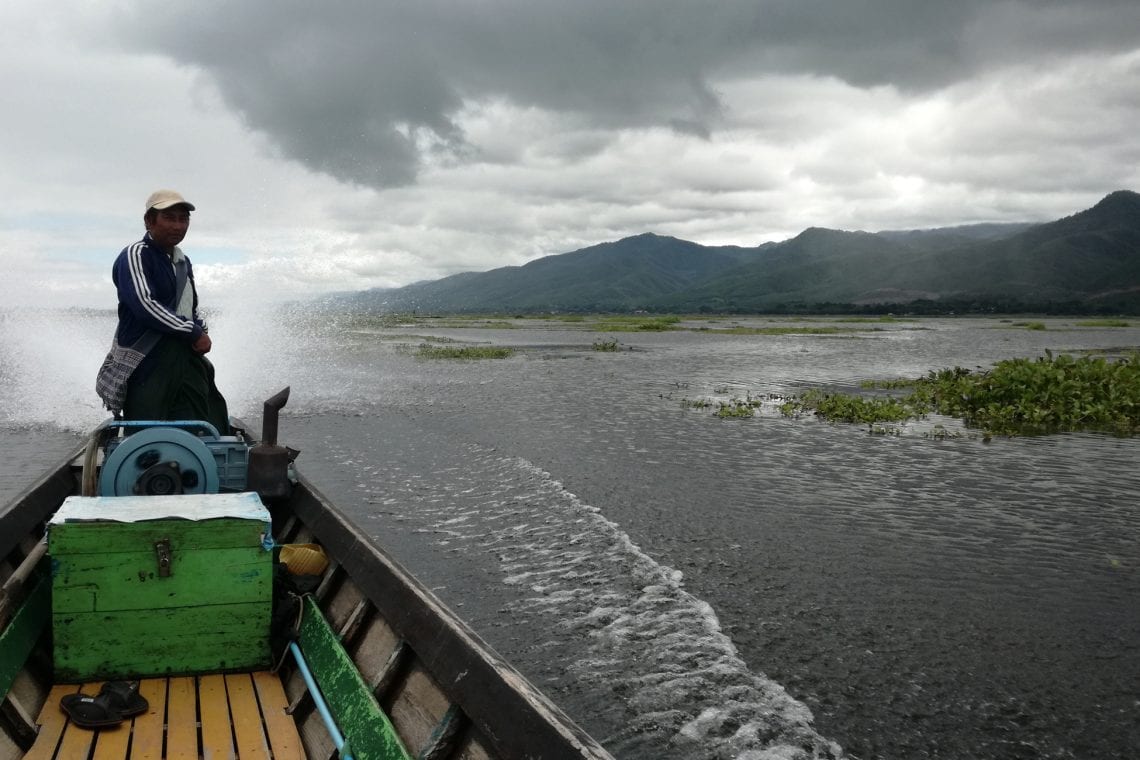
Above: A wonderful time exploring Inlay and the surrounding areas
The road to Mandalay
Day seven
We’ve experienced the VIP night bus so it’s time to experience the normal bus; We’re on the road to Mandalay. It’s about a seven-hour journey on winding roads away from the Inlay province before reaching a highway as we head towards the capital city. It’s evening before we’ve arrived at our destination so there’s only really time for dinner, a couple of drinks and a bit of research on what the next day will bring.
Tour around Mandalay
Day eight
Our itinerary only really allows for a day in Mandalay, we know this isn’t enough time but we’re keen to make the most of it. We’re told by our hosts at our hostel that essentially there are two really good options to fill a days’ worth of exploring. One being exploring the inner city of Mandalay with the other being to venture around the outer city surrounds where there are plenty of sights and a good handful of ancient cities; a difficult decision but we’ve opted for the latter. It’s an action packed day with a lot crammed in with visits to monasteries, temples and ruins.
Our itinerary includes visits to Amarapura, Sagaing, Innwa; these are ancient cities with a great number of interesting sites and monuments among them but our day starts with a visit to the Mahamuni Buddha Temple, a major pilgrimage site where we see a huge 6.5 ton Buddha covered in gold leaf. It’s a busy place with male devotees (women not permitted) applying small squares of gold leaf, which over time have softened the contours of statue, and the whole thing has grown with each golden leaf. As well as the impressive giant Buddha, there’s a busy arcade with traders selling small handicrafts and of course gold leafs should you wish to pay your respects.
By midday we’re at the Mahagandayon monastery (in Amarapura), this large complex acts as a school and university with around 1,000 resident monks dressed in their traditional red and yellow gowns. At lunch time they form an orderly queue, as they line the street as far as we can see. We’re told it’s considered a great honour to donate, ingredients, cook, serve and patrons for the day; there’s even a waiting list of up to a year for the privilege. Our guide is recognised by one of the volunteers and we’re fortunate to be invited to join them for lunch.
After lunch we head to Sagaing Hill, where there a number of Buddhist temples and monasteries, and an outstanding view of the River Irrawaddy and the lands below, with a generous scattering of stupa along the scene. We spend most of the afternoon in Inwa. This was the capital of Burma for nearly 360 years, and with such a long history there’s plenty monastery’s, temples and ruins. As an artificial island constructed by connecting canals at the confluence of two rivers, we need to hop on a small boat to reach Inwa. Once on the island the only mode of transport is by horse drawn cart; it’s rather nice to no longer be surrounded by noisy car and scooter motors.
Most visits stick to a standard itinerary, covering the main areas of interest over the course of a few hours. Key highlights include The Grand Bargaya Monastery, built predominantly from teak over 400 years ago, and the 200 year old Maha Aungmye Bonzan Monastery. For those with a particular interest in ancient Burmese’s history you could spend most the day exploring the numerous ruins. For us it’s a pleasant and laid-back afternoon snapping a few pics.
Our day ends at the U Bein bridge, built in 1850 and at 1.2km long, is the longest teakwood bridge in the world. It’s clearly popular among the locals and families walk up and down rickety looking span. We did hope to catch a picturesque sunset but far too overcast so after walking about half way and taking some photos we call it a day and head back to our hostel.

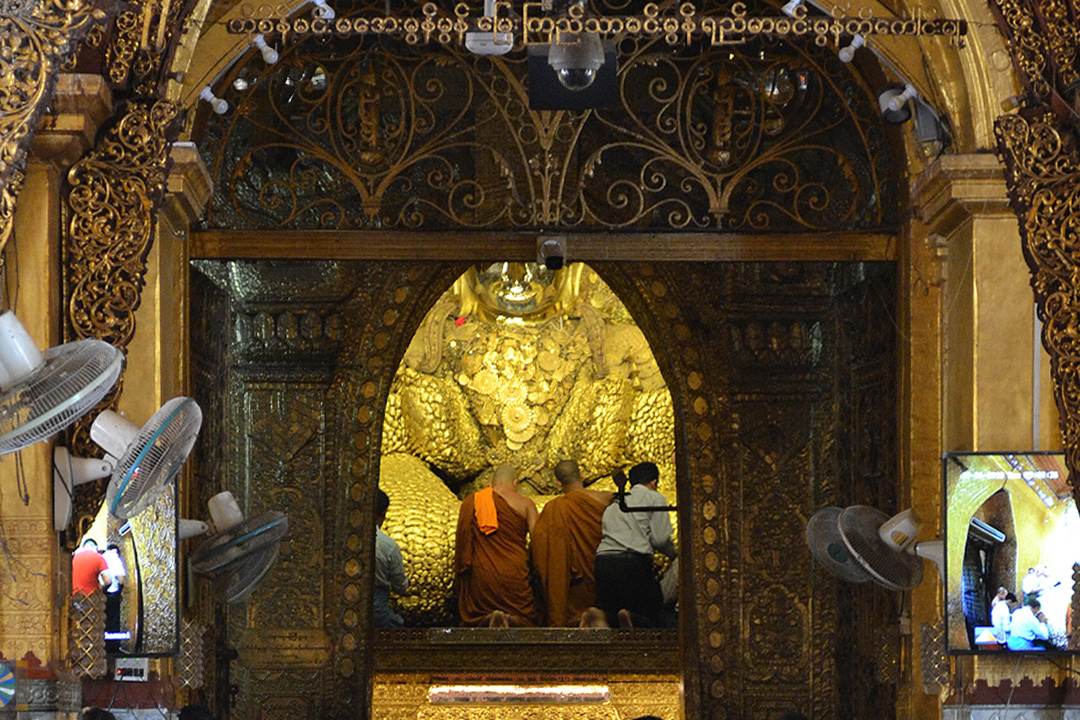
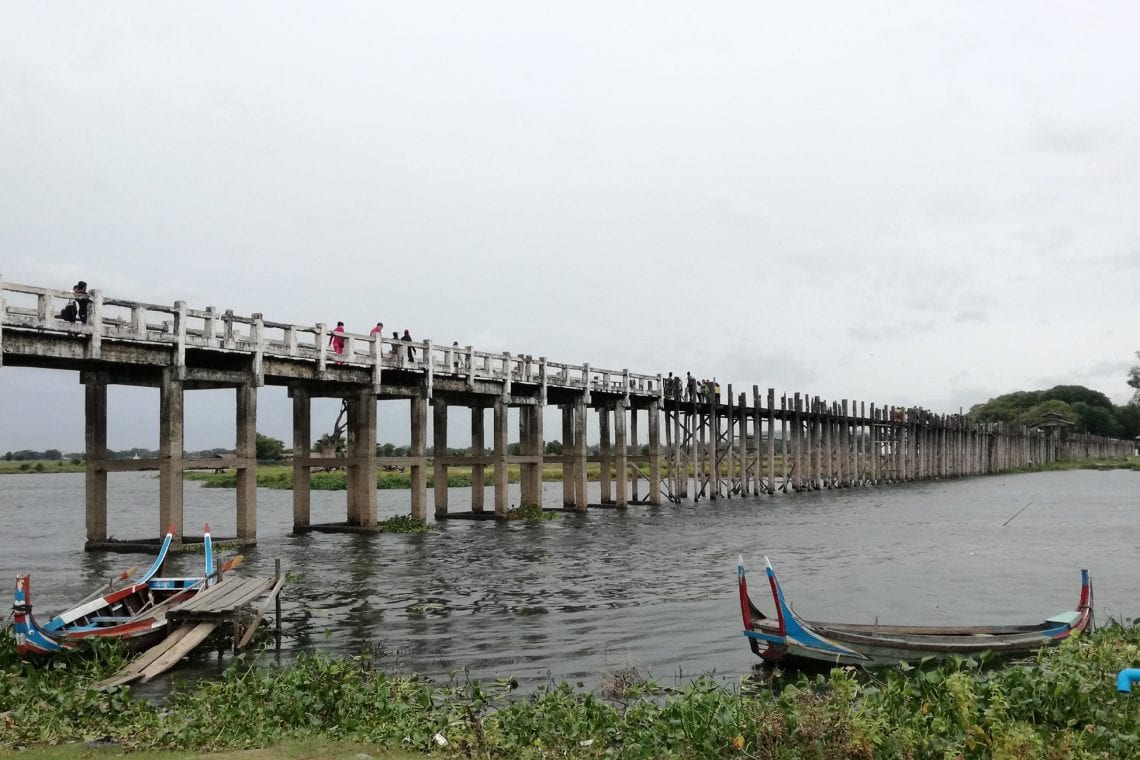
Above: A wonderful time exploring Inlay and the surrounding areas
Bus to Bagan
Day nine
The original plan was to take leisurely boat ride from Mandalay to the one of the most iconic sites in Myanmar, the ancient site of Bagan. It’s with some disappointment we’re told that due to low water levels the boat is not running, so we’re left with another bus trip being our only option. It’s no VIP bus, and the pothole ridden road with the blazing heat make for an uncomfortable five-hour ride.
Biking around Bagan
Day ten
The ancient city of Bagan is a UNESCO World Heritage Site, and rightly so. From the 9th Century it was the capital of the Pagan Kingdom, the first kingdom that would become modern day Myanmar. The whole area is part of the Bagan Archaeological Zone so all visitors need the pay the £20 fee to enter the area, this will allow you to say for up to a week, but I can only wish I had the time to spend a week to here! It’s well documented that Bagan is one of South East Asia’s, or even the World’s greatest sights. There’s approximately 4000 ruins of Buddhist temples, pagodas and monasteries, scattered along the grassy plains.
It’s a rare rainy day but as this is our last full day in Myanmar, there is no way the weather will be discouraging us from exploring. We’ve arranged to hire electric scooters for the day so we can explore the ruins ourselves. So with no ID, no deposit and little idea how to ride or where to go we’re up and exploring through the rain and the muddy tracks through Bagan.
Riding through the archeological park is exhilarating, there are times where the mud is too deep for the bike to handle so it’s a case off pushing of with feet and bumping ones body, willing a forward motion, but there times when you simply have to dismount and push. We’re told the best way to get through the thick mud is to ride as fast as we can and hope you’ve got enough momentum to get over it. Annoyingly I loose a flip flop to the mud and It’s nowhere to be seen. It’s not a good holiday for footwear!
Riding independently allows us to stop off as and when we see something of interest. Atop of any number of pagodas we’re treated to breathtaking vistas; lush green plains with scattered orange monuments right up to the horizon. Its been a fantastic day! I even forgot it was my birthday. It’s only when we’re back at our hostel bar that it clicked – I’ve just had the best birthday ever! I’d love to spend more time here and toasting our days adventure with fellow travelers we’ve met but it’s our last day and we’ve a flight to catch the next day, one which we can only get thanks to a night bus service from Bagan back to where our adventure started; Yangon.
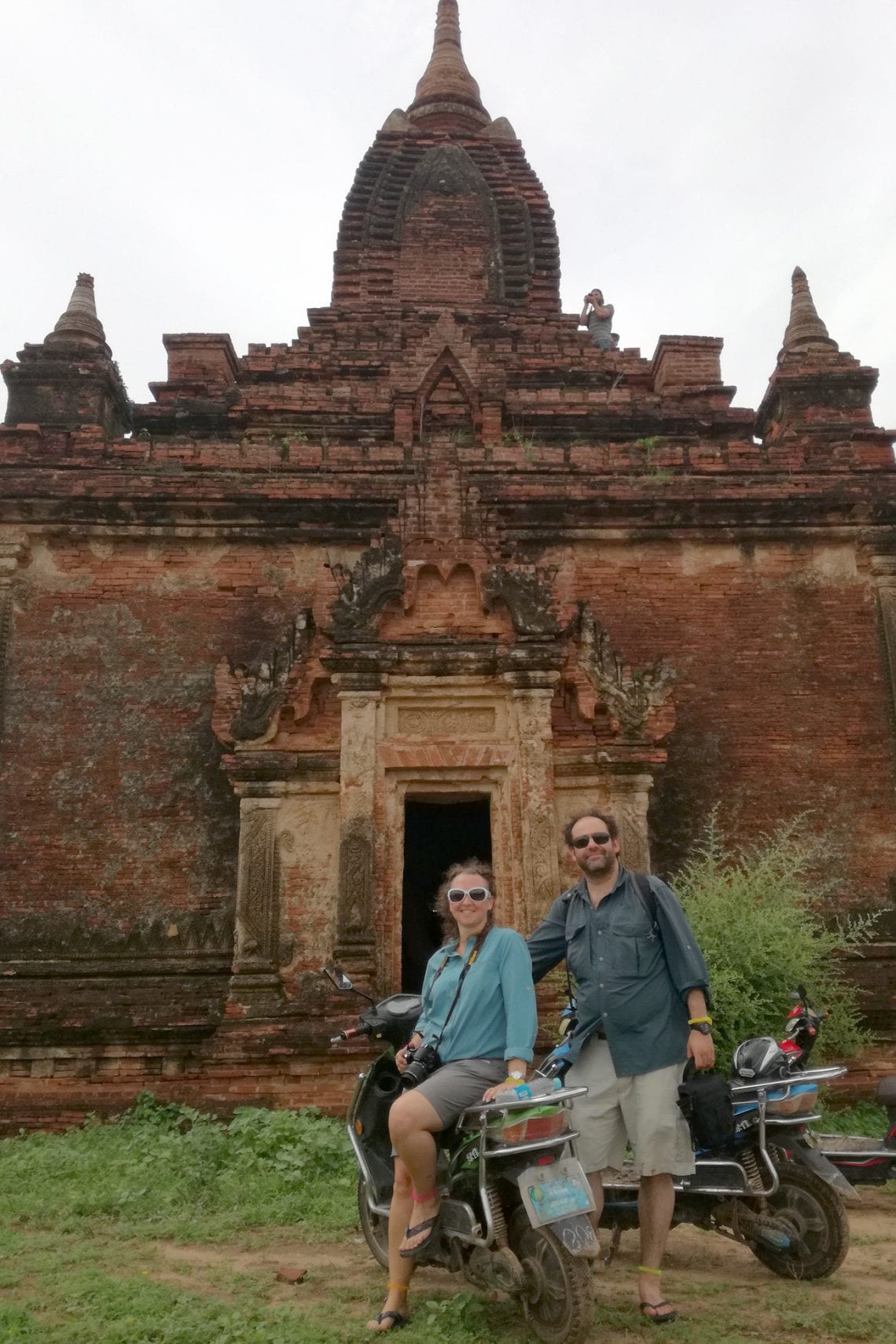
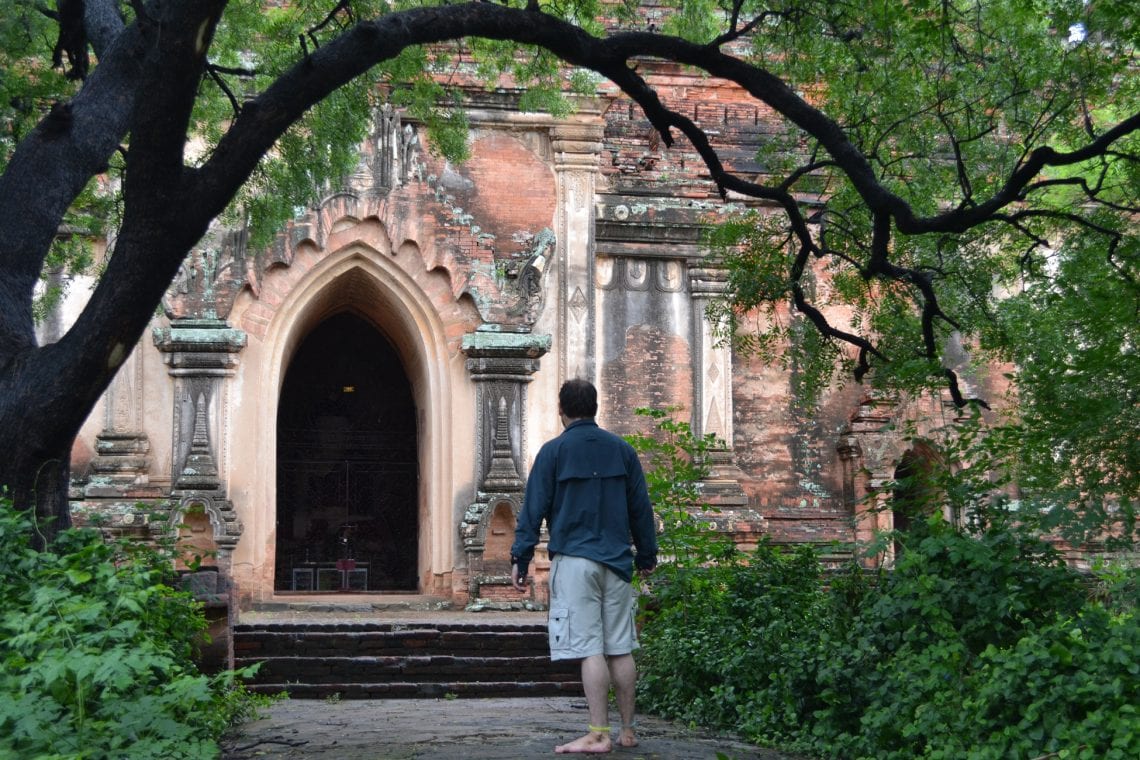
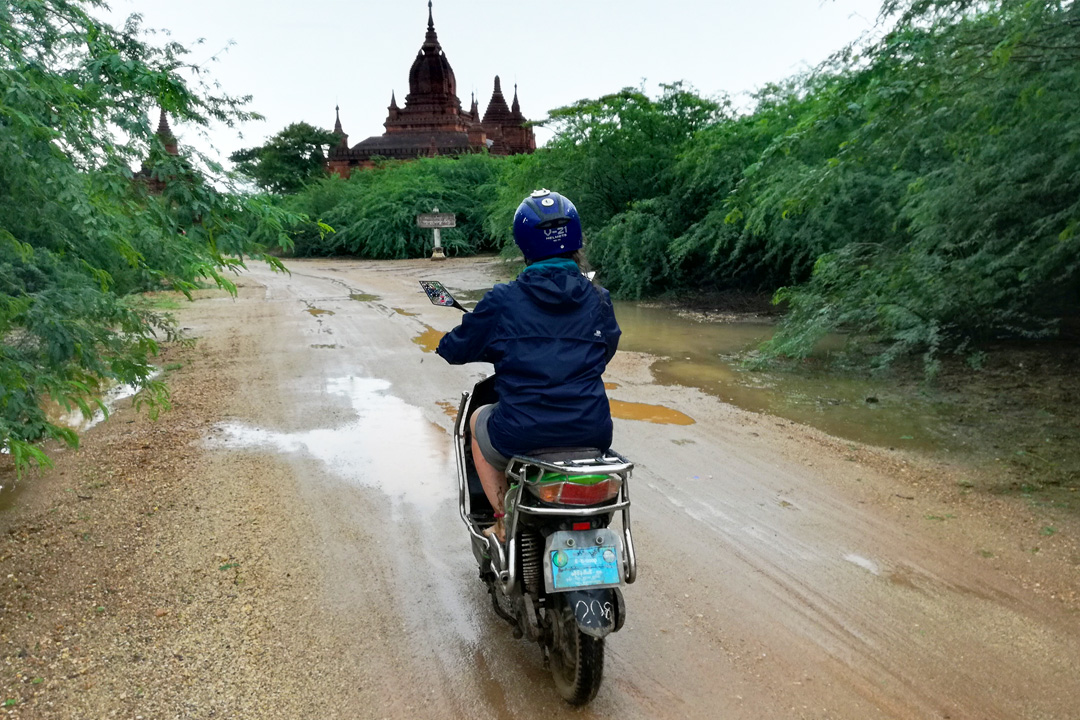
Above: Mahagandayon monastery | Sagaing Hill | U Bein bridge |Maha Aungmye Bonzan Monastery
The end of a magical tour around Myanmar
Day eleven
Completely un-refreshed from a night on the bus we arrive early at the airport. It gives me some time to reflect on the past few days, my first trip to South East Asia. As one of the lesser visited countries in the region, I found it easy to navigate, people were friendly, the food was mind blowingly fragrant, and varied and the sights we explored were truly breathtaking.
There’s no denying it, we’ve missed a heck of a lot, but this was a whistle stop tour designed to take in the highlights. While even a few comments in various forums prior to this trip suggested cramming in the above in such a short amount of time was futile I think we’ve proved them wrong, yes it was intense but ultimately incredibly rewarding.
WHERE TO STAY
- Yangon – Backpacker
- Inlay – The Manor Hotel
- Mandalay – Ostello Bello Mandalay
- Bagan – Ostello Bello Bagan
USEFUL LINKS
- Apply for your e-visa: evisa.moip.gov.mm
- Info on bus travel and more in Myanmar: Go Myanmar
- Info on train travel in Myanmar: Man in Seat 61



